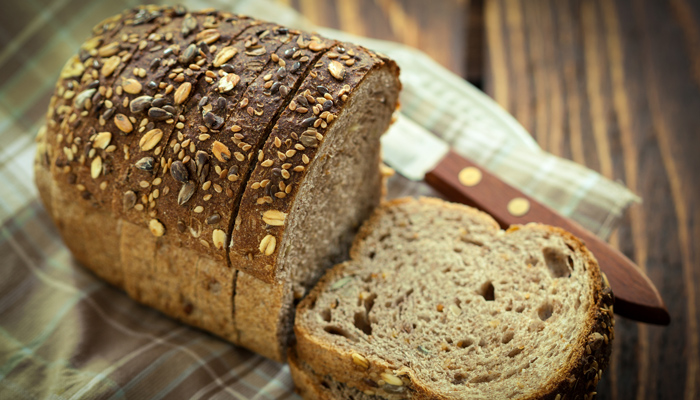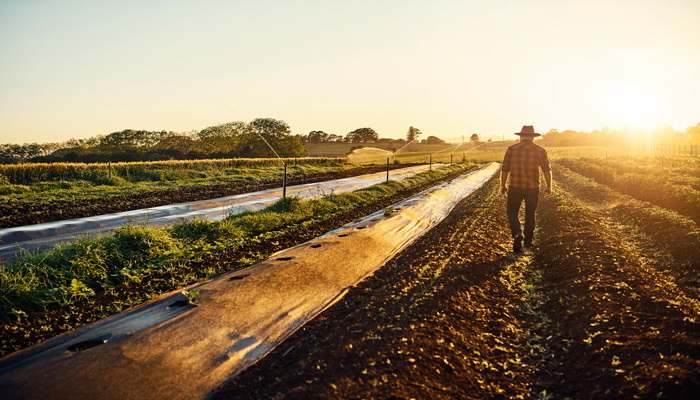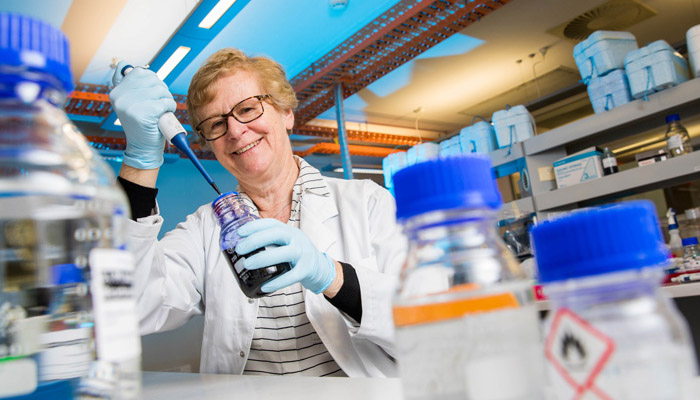
Designer yeast: scientists hope that Yeast 2.0 will provide proof of principle that an organism can be designed and built almost from scratch.
Imagine a world where humanity’s reliance on crude oil to make everything from petrol to plastic school-lunch containers is replaced by synthetic organisms designed and built in laboratories.
It might be some way off yet, but Macquarie University scientists are part of an international consortium taking steps towards a future in which our modern lifestyle no longer depends on finite, and polluting, fossil-fuel resources.
At the heart of the world-changing Yeast 2.0 project is an ancient industrial workhorse, Baker’s yeast, or Saccharomyces cerevisiae, which has been used for millennia in winemaking, baking and brewing.
Since 2014, teams of scientists across five countries – Australia (where Macquarie is the project’s lead institution) the US, China, Britain, and Singapore - have been toiling to create the world’s first-ever synthetic complex organism: a designer, living version of S. cerevisiae.
Building life from scratch
While traditionally microbiologists or geneticists have been able to tinker with the genetic code of organisms, Yeast 2.0 will provide proof of principle that an organism can be designed and built almost from scratch, says Macquarie Distinguished Professor Ian Paulsen.
“Moving forward from that, we might then start being able to make all sorts of organisms that are fit for particular purposes – designer algae to make biofuels; designer plants that produce high yields or particular chemicals that we can purify from them … there’s a plethora of potential options,” says Paulsen, who leads the Australian team.
“This won’t be changing the world overnight, but I think it’s a major part in our future of trying to wean ourselves off fossil fuels.
“Many of the elements of our modern lifestyle are sourced from chemicals that we get from crude oil, so we’d like to use a more environmentally sustainable strategy of engineering yeast and other organisms so we can make those same chemicals from agricultural biomass.”
A new tool for winemakers
Paulsen (pictured) points out that a synthetic baker’s yeast won’t be used in its traditional industries, given consumer opposition to genetically modified foods. However, the Australian Wine Research Institute is a partner in the project, given the designer yeast’s potential as a tool for studying winemaking in the laboratory, with any findings then applied using normal strains of yeast.
So far, the Macquarie team has built one chromosome, No. 14, and is trouble-shooting its way towards completion of chromosome No. 16. The two chromosomes between them have 1,732,399 DNA base pairs and code for 946 genes.
Across the world, seven chromosomes out of S. cerevisiae’s 16 are now complete and “functioning fine”, says Paulsen. “The rest are either still being built or in the troubleshooting phase.”
The work has involved designing the DNA on computer before chemically synthesising it in the laboratory. The yeast’s native DNA is then replaced with the designer version.
'An awful lot we don't understand'
Among the reasons they’ve chosen Baker’s yeast, says Paulsen, is that scientists know more about its genetics, having sequenced the genome in the 1990s, than any other eukaryote – eukarya being the domain of organisms including animals, plants and algae that have cells with a distinct nucleus in which the genetic material is contained.
Nevertheless, “we understand a lot about yeast, but there’s still an awful lot we don’t understand about yeast,” says Paulsen.
“When we design and build our synthetic chromosomes, what we find a lot of the time is that the changes we’ve made make the yeast very sickly.
“That’s not by design, but because some change that’s made has accidentally had an effect which is not foreseen; so a lot of the work is actually troubleshooting what went wrong when we’ve made the changes. All the teams have had these issues.”
The final, considerable hurdle will be combining the 16 separately constructed chromosomes into a single working genome.
“We won’t know if it works until we try it,” Paulsen says. “The big unknown is, that while changes made in a single chromosome are fine, if you combine them with other synthetic chromosomes, maybe it’s not fine.
“Problems like that could be very tricky to work out.”




